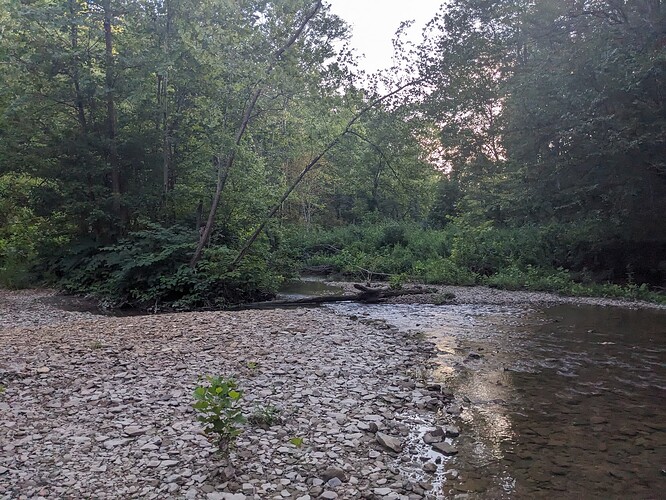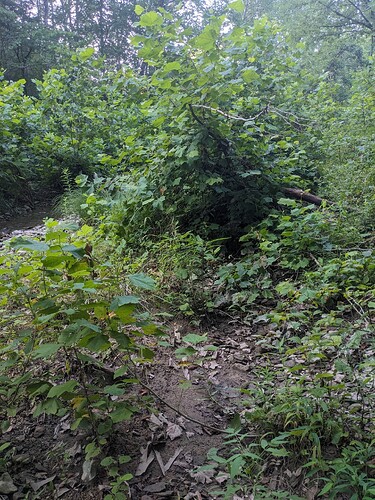Professor Porcupine gave some practical advice a month or two ago about the wild vines. And in fact, I did take a taste of the first fruit from every wild plant. I do recall that there was maybe a vine without fruit. Or I made a mistake.
What I’m getting at is that I discovered a nonbitter plant in the wild egg gourd area when I injured my knee and accidentally stepped on one of its fruits.
The very frustrating thing is that I have been manually crossing this vine with domestic varieties. And so while I would like to have a pure, self-pollinated fruit, at this late stage in the season there is no time to do that outdoors.
Therefore I have tried to get half of the vine to form new roots. Two weeks later I cut it in half. And today because of the forecast frost, I brought the two pieces indoors, one half that includes the original roots, and one half that includes whatever roots may have formed after two weeks with the vine buried.
I would really like to self pollinate this one, and I’m going to be quite frustrated if today’s move indoors isn’t enough to keep it alive and producing fruit.
After this discovery, I did taste one fruit from each of the remaining wild vines to see if any of those were non-bitter. They were not. This somewhat significantly reduced my supply of manually cross pollinated egg guard fruit, but I don’t regret doing it. I needed to understand what was going on. I could swear that there are two different levels of bitterness from different plants I tasted. Both far too bitter to enjoy, but one that was significantly more bitter than the other. Food for thought.

















